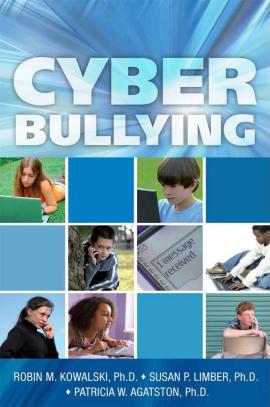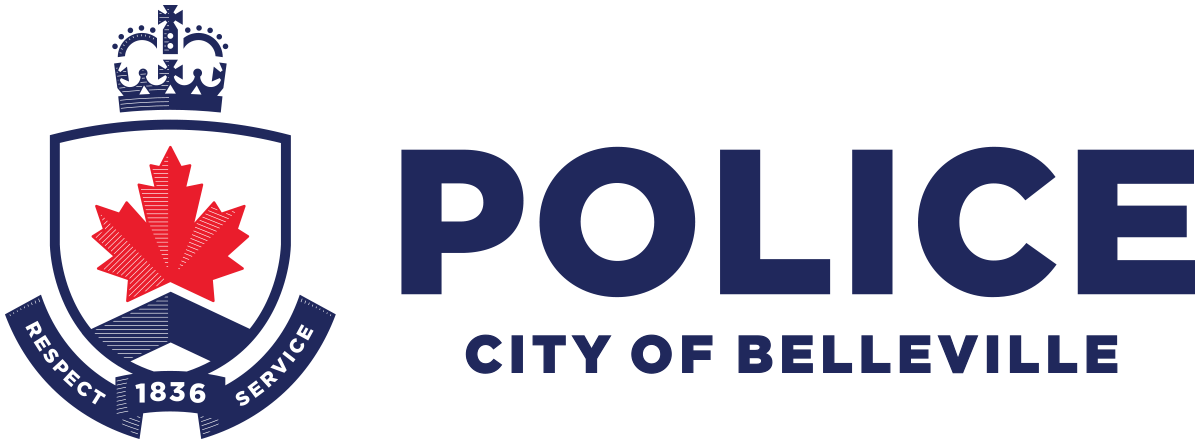Cyberbullying

Cyberbullying
The Internet has created a whole new world of social communications for young people who are using e-mail, Web sites, instant messaging, chat rooms and text messaging (STM) to stay in touch with friends and make new ones.
While most interactions are positive, increasingly kids are using these communication tools to antagonize and intimidate others. This has become known as cyber bullying.
What is cyberbullying, exactly?
"Cyberbullying" is when a child, preteen or teen is tormented, threatened, harassed, humiliated, embarrassed or otherwise targeted by another child, preteen or teen using the Internet, interactive and digital technologies or mobile phones. It has to have a minor on both sides, or at least have been instigated by a minor against another minor. Once adults become involved, it is plain and simple harassment or cyberstalking.
It isn't when adult are trying to lure children into offline meetings, that is called sexual exploitation or luring by a sexual predator. But sometimes when a minor starts a cyberbullying campaign it involves sexual predators who are intrigued by the sexual harassment or even ads posted by the cyberbullying offering up the victim for sex.
Cyberbullying is usually not a one time communication, unless it involves a death threat or a credible threat of serious bodily harm. Kids usually know it when they see it, while parents may be more worried about the lewd language used by the kids than the hurtful effect of rude and embarrassing posts.
Cyberbullying may arise to the level of a Criminal Harassment charge depending on the age of the offender. Most of the time the cyberbullying does not go that far however it can result in a child losing their ISP or IM accounts as a term of service violation.
Chat clients like MSN and Yahoo are a common tool for students to harass, intimidate and threaten other students. In the schoolyard, bullies do exist, but they can be controlled when it is seen and reported quickly. However, on chat, students feel anonymous and say things that they would never say out loud or face to face.
We are seeing an increase in the number of offensive, harassing and intimidating material being posted on personal Web sites (i.e. embarrassing or naked pictures posted online, gossip and rumors, as well as threats and harassment).
How do I know if my child is being harassed, threatened or intimidated online?
The warning signs are the same as in the real world:
- Your child is withdrawn
- There is a change in social peer groups
- You notice a drop in grades
- Your child does not want to go to school
What do I do if my child is being harassed online?
- Ensure sure chat logging is turned on so records exist of all conversations
- Do not delete threatening, intimidating or harassing e-mails or chat sessions. Police may not be able to identify the sender?s identity if it is deleted.
- Contact your child?s school.
- Contact Police. Make the Right Call!
Parent Issues to Address
- Is the computer a babysitter for your child?
- Is the Internet a family or learning activity? Can your child teach you something?
- Who are your children?s real friends? Who are their online friends? Get to know them!



